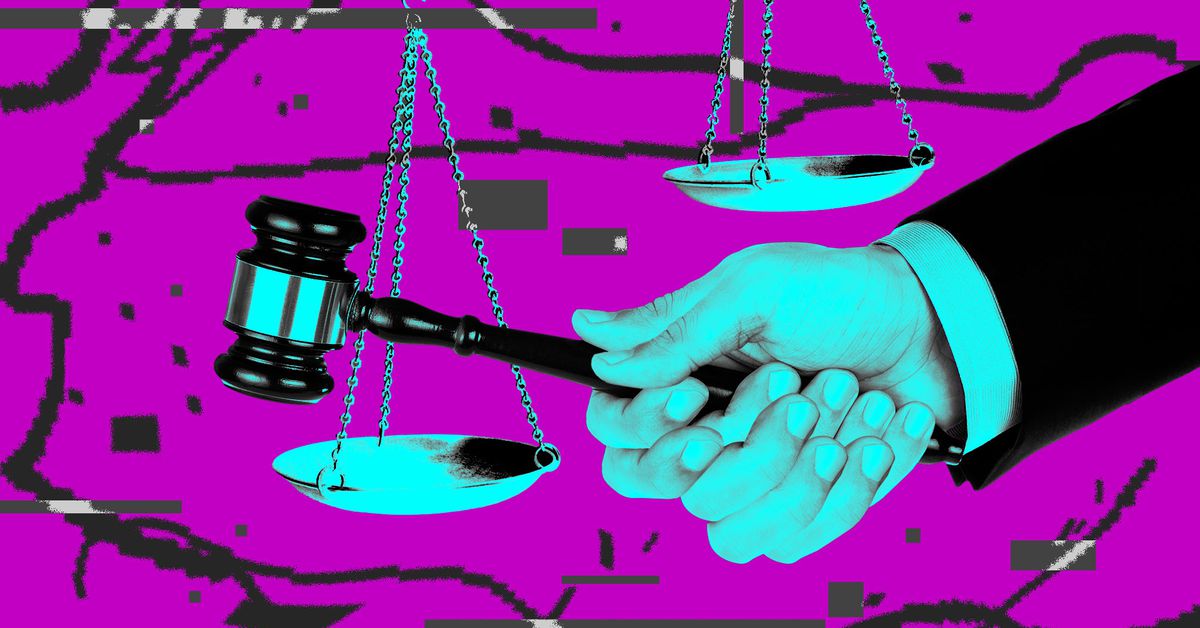A bipartisan group of senators introduced a new bill to make it easier to authenticate and detect artificial intelligence-generated content and protect journalists and artists from having their work gobbled up by AI models without their permission.
The Content Origin Protection and Integrity from Edited and Deepfaked Media Act (COPIED Act) would direct the National Institute of Standards and Technology (NIST) to create standards and guidelines that help prove the origin of content and detect synthetic content, like through watermarking. It also directs the agency to create security measures to prevent tampering and requires AI tools for creative or journalistic content to let users attach information about their origin and prohibit that information from being removed. Under the bill, such content also could not be used to train AI models.
Content owners, including broadcasters, artists, and newspapers, could sue companies they believe used their materials without permission or tampered with authentication markers. State attorneys general and the Federal Trade Commission could also enforce the bill, which its backers say prohibits anyone from “removing, disabling, or tampering with content provenance information” outside of an exception for some security research purposes.
(A copy of the bill is in he article, here is the important part imo:
Prohibits the use of “covered content” (digital representations of copyrighted works) with content provenance to either train an AI- /algorithm-based system or create synthetic content without the express, informed consent and adherence to the terms of use of such content, including compensation)



Transformation is in itself fair use is the thing. Ytp doesnt need to be parody or critique or anything else, because its fundamentally no longer the same product as whatever the source was as a direct result of editing
Still, the AI model itself is not transformative, it is merely incorporating that data into its training set.
But what it outputs IS transformative, which- of course- is the e primary use
If I include an image of mickey mouse (ripped straight from disney) in my application in a proprietary compression format, then the application decompresses that image and changes the hue (or whatever other kind of modification), then these are technically “transformations” but they’re not transformative.
The law being violated there is trademark, not copyright
No it isn’t. The image of mickey mouse was literally copied (hence copyright, literally right to copy). Regardless, that’s still IP law being violated so I don’t know how that helps your case.
If you arent calling it mickey mouse, it would actually be fine from a copyright perspective. What youd get sued for is the character design itself being too similar, which is a trademark/IP issue